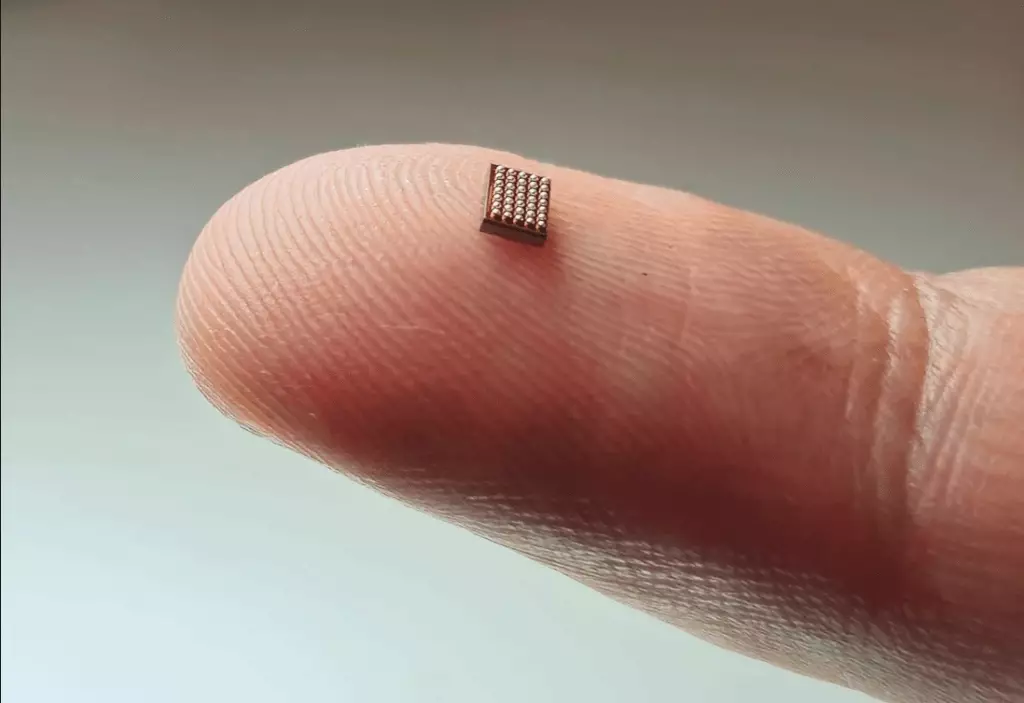In a world where large language models powered by Nvidia GPUs dominate the tech landscape, a quieter revolution is unfolding in the realm of AI hardware. As traditional deep learning architectures face increasingly apparent limitations and energy demands, a new paradigm known as neuromorphic computing is emerging. This revolutionary approach holds the potential to drastically reduce the computational and power requirements of AI by orders of magnitude.
Understanding Neuromorphic Processors
Neuromorphic processors are designed to emulate the information processing patterns of biological brains. Unlike traditional architectures that perform sequential operations on data stored in memory, neuromorphic chips utilize networks of artificial neurons that communicate through spikes, mimicking the behavior of real neurons. This brain-inspired architecture offers distinct advantages, particularly in edge computing applications for consumer devices and industrial IoT.
The Advantages of Neuromorphic Systems
One of the key benefits of neuromorphic processors is their ability to execute complex AI tasks using significantly less energy than traditional solutions. This enables capabilities such as continuous environmental awareness in battery-powered devices, opening up possibilities that were previously unattainable. Neuromorphic systems excel in applications like always-on audio processing, real-time sensor fusion, and ultra-low power computer vision.
Innovative Solutions and Real-World Applications
Leading the charge in neuromorphic computing is Innatera, a startup that recently unveiled its flagship product, the Spiking Neural Processor T1. This groundbreaking processor combines event-driven computing with a conventional CNN accelerator and RISC-V CPU, creating a comprehensive platform for ultra-low-power AI in battery-powered devices. With the T1, computations can be performed with 500 times less energy compared to conventional approaches, demonstrating a significant leap in energy efficiency.
The advancements in energy efficiency and speed offered by neuromorphic processors have sparked considerable interest within the industry. Innatera has already engaged with multiple customers and is aiming to bring intelligence to a billion devices by 2030. The company’s rapid growth and progress since its inception in 2018 highlight the growing interest and potential of neuromorphic computing in shaping the future of AI hardware.
As the tech landscape continues to evolve, many industry leaders are recognizing the need for radically new chip architectures to meet the demands of advanced AI applications. Neuromorphic computing stands out as a promising frontier in chip design, offering the potential to create intelligent devices that are both powerful and sustainable. While large language models may dominate headlines, the true potential of AI hardware evolution may lie in chips that emulate the efficiency and capabilities of the human brain.
The rise of neuromorphic computing represents a significant leap forward in AI hardware innovation. By leveraging brain-inspired architecture and event-driven computing, neuromorphic processors have the potential to revolutionize the landscape of AI applications, making them faster, more efficient, and more aligned with the incredible capabilities of biological brains. The next few years are poised to be transformative, as these cutting-edge technologies make their way into a wide range of consumer and industrial devices, ushering in a new era of artificial intelligence.


Leave a Reply
You must be logged in to post a comment.